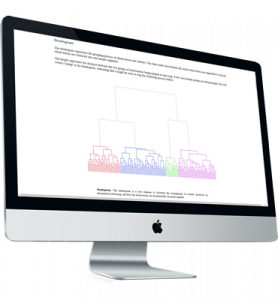Models

Segmentation
Segmentation helps firms to segment customers in a market. Enginius classifies customers into homogeneous groups such that each segment shares enough characteristics in common to make it viable for the firm to design specific offerings or products for selected segments. Enginius can segment customers based on past behavior, responses to surveys, etc., to identify groups of customers with specific needs, profiles or preferences.
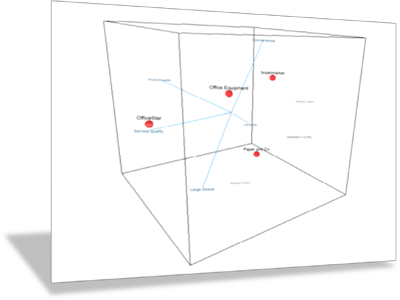
Positioning
Based on customer survey data, positioning analysis represents products along relevant dimensions from the customers’ points of view, and creates a simple-to-read mapping of the competitive landscape, highlighting unique positioning, value propositions, competitive threats, market opportunities, and me-too products.

Conjoint analysis
Conjoint analysis is one of the most widely-used marketing research technique to quantify customers’ preferences, predict their choices, understand what trade-offs they are willing to make, and predict market shares.
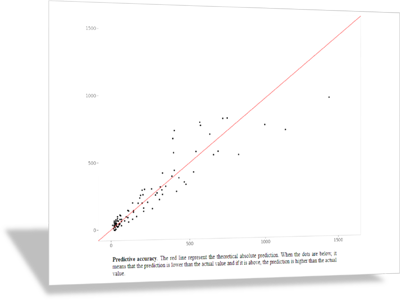
Predictive modeling
The predictive module in Enginius is a powerful and versatile model that helps managers predict a variety of outcomes, such as loyalty, brand choice, response to an offer, expected revenues, and so on, based on a set of available predictors. Once the model has been calibrated on past data, it can be directly applied to new data sets with ease to obtain predictions.

Price optimization
Based on the well-known Gabor-Granger pricing method, Enginius plugs simple willingness-to-pay survey data into an optimization algorithm, and suggests price levels that will optimize sales, revenues, or profits. Fixed and marginal costs are taken into account.
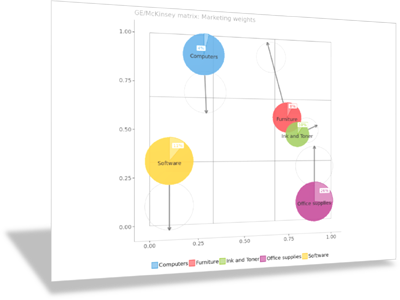
GE McKinsey Matrix
The GE McKinsey matrix helps managers compare options (e.g., products, initiatives, divisions, segments) on a two-dimensional map, with multiple factors underlying each dimension. Historically, managers used industry attractiveness and business strength to rate company divisions, but the model can be used in a variety of contexts.

Lifetime value
By measuring how customers move from one segment to another segment over time, this Enginius module helps predict the lifetime value of a customer based on which segment he or she belongs to today, as well as future sales, or the current value of the entire customer database as a whole.

Bass forecasting
The Bass diffusion model is used to forecast the adoption and sales of a new product or service based on early adoption data or similar products. It can be used to forecast the long-term sales pattern of a product.
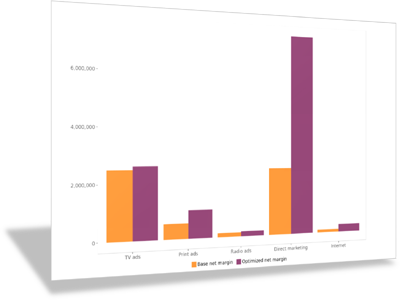
Resource allocation
Enginius calibrates effort-to-impact response functions based on simple managerial estimates, and then helps optimize resource sizing and resource allocations across segments, products, advertising channels, etc., in order to maximize profit under various constraints.


